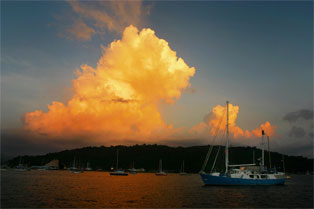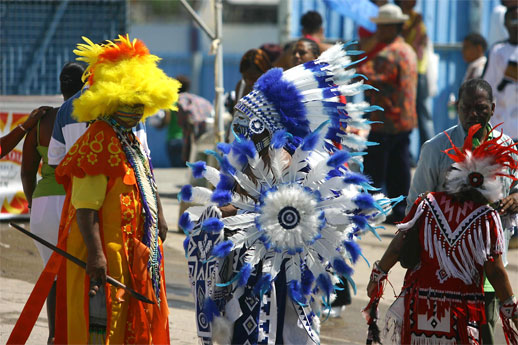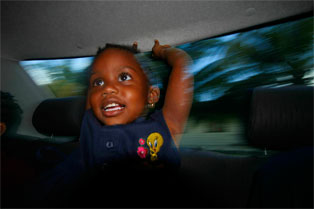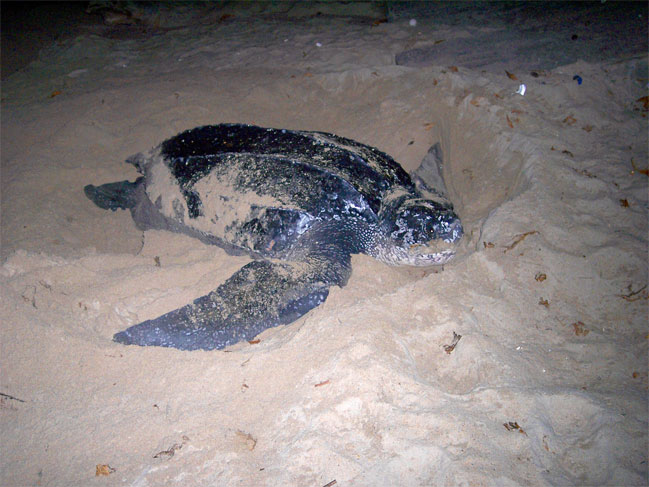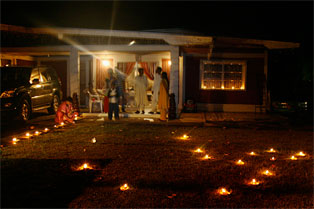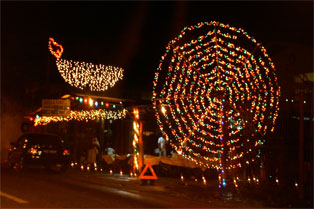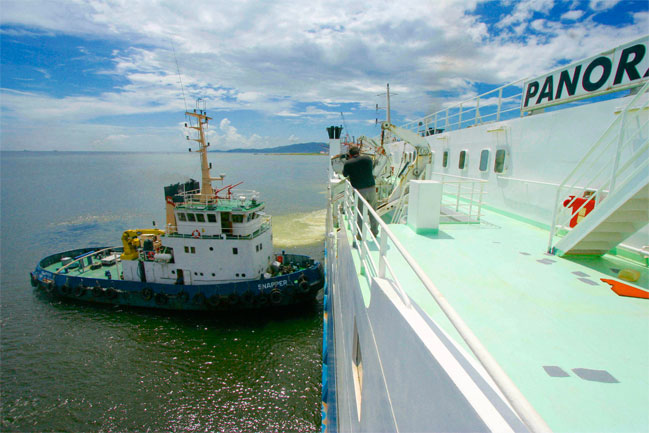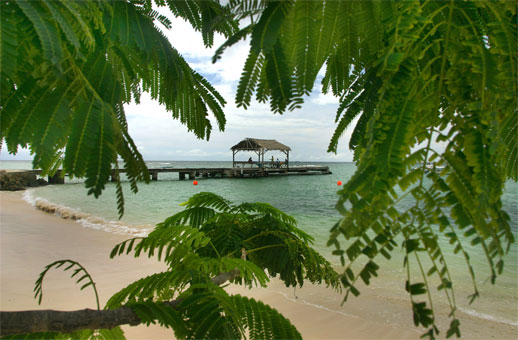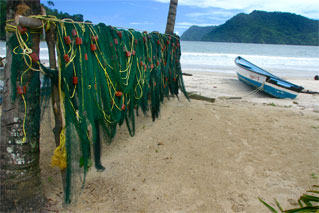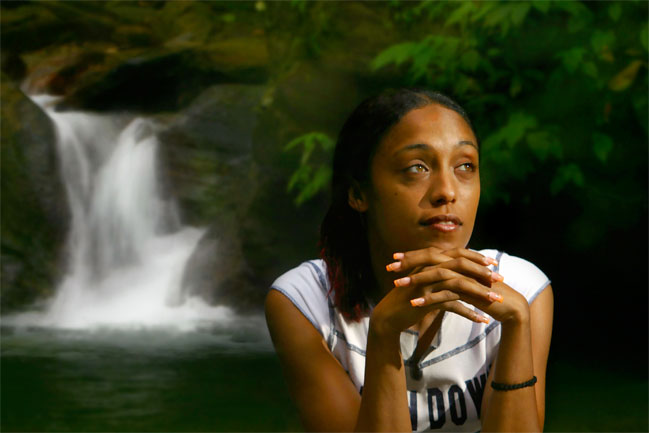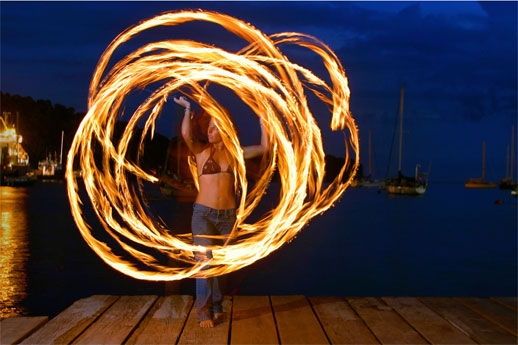
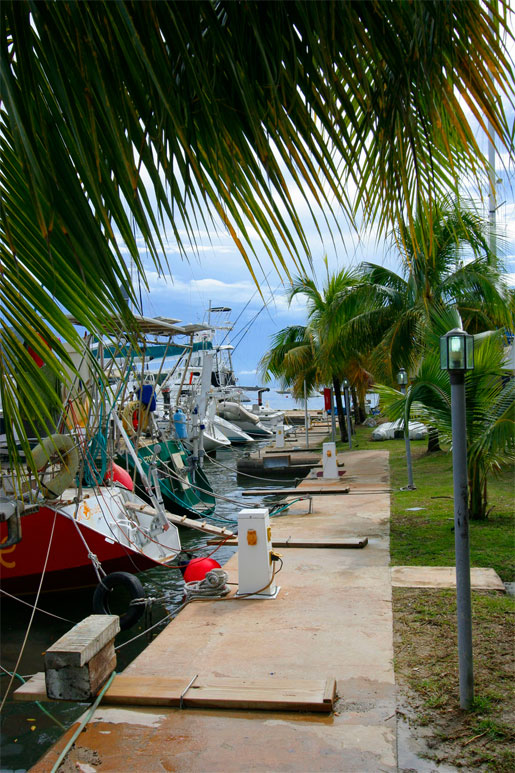
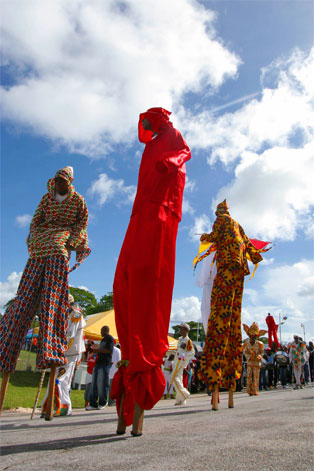
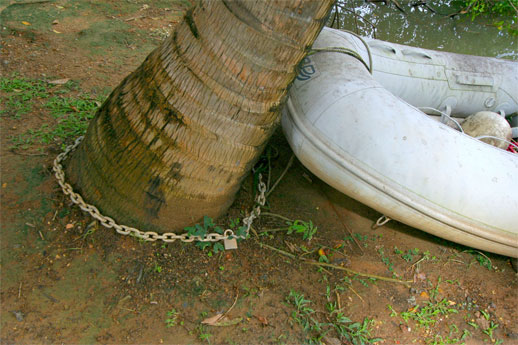
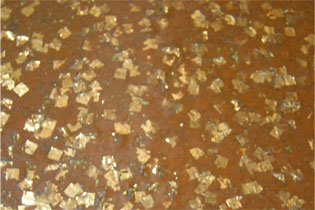
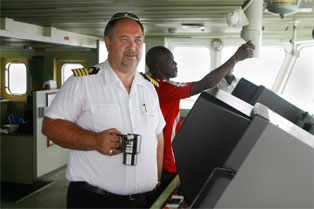
# The republic of Trinidad and Tobago comprises two islands. It gained its independence from Great Britain in 1962.
# The republic has approximately 1.261.000 inhabitants. The capital, situated on the island of Trinidad, is Port of Spain and it has approximately 49.000 inhabitants.
# Production and export of oil and gas are important sources of income, along with some tourism and rum production. Trinidad and Tobago is considered one of the most industrialized countries in the Caribbean.
# The population consists of native American Indians, descendents of African slaves, Indians, Chinese, some Syrians and Lebanese, and some descendents s of the European colonial masters.
# The slave trade was officially banned in Trinidad and Tobago in 1807, as in the rest of the British Empire, but slavery itself was only banned in 1830
# The currency in use is Trinidad and Tobago dollars. One TT dollar is approximately ten US cents. Bankcards are widely accepted, and ATMs are found everywhere.
(Kilde: World info Zone, CIA World fact book)
The list of things we have done onboard is as long as a calendar year:
# Installed a windlass and 40 metres of 10 mm chain
# Installed a sock for the gennaker
# Antifouled and scrubbed the hull
# Overhauled the gear and installed new line cutter
# Installed new diesel injectors on the motor
# Cleaned the diesel pump and changed oil on gear and motor
# Cleaned the entire boat below decks
# Fixed the septik tank
# Installed new fuse switch panel
# Overhauled and certified the life raft
# Installed new forestay and overhauled the furlex
# Filled up the gas tanks, some diesel and gasoline
# Tightened and greased the rudder wiring
# Installed new halyards for the main sail
# Scrubbed the main sail
# Written a pile of articles and photo essays
# Tightened, fixed and checked hundreds of bits and bobs
During our stay here in Trinidad, there have been parliamentary elections, we have celebrated the Indian holiday Divali, and we have had hurricane season. We have been to folk festival and spotted giant sea turtles coming ashore to lay their eggs. We have been lucky and have been able to do many exciting things. But there are also many sad things to be seen, as Trinidad and Tobago is a land of such huge differences. We have been told that 40 per cent of the population are millionaires that have earned their money in sinister ways, 30 per cent is some sort of lower middle class and 30 per cent of the population live their lives in utter poverty. We see the palaces of the wealthy behind their high walls up in the hills. And we see the poor people, living in sheet metal sheds further down the slopes.
There are 600,000 motor cars here, a car is the uppermost status symbol. Unfortunately, the roads and the abilities of the drivers are not up to, ahem, speed as it where, and subsequently traffic is very dangerous. In addition, robberies and murders are rampant. In October alone, 38 killings were registered, this from a population of around 1,3 million. When we first arrived here, we were told by everybody that it is very cheap to fix your boat here. That is swiftly becoming a truth of some modification. In the months since we arrived here, the prices on many goods have gone up by some 50 per cent. The inflation as a whole is up some 30 per cent, but it is of course higher for us foreigners. Many locals view foreigners simply as “rich, white assholes”, and considering that many of them live in abysmal poverty, I guess that is to some extent understandable.
But all in all we have had a great time here, and tied some new bonds of friendship that we will be bringing along for the rest of our lives. Not the least through the journalism we have been doing, we have met a number of interesting people, also resident Norwegians. For there are quite a few of them. So we regret to leave, but we also have great expectations for Columbia, we have heard that it is also supposed to be fantastic. They have also managed to avoid mass tourism, at least so far. We originally planned to go around Cape Horn, but that became unrealistic, not the least due to our overall time schedule. We will therefore be heading through the Panama canal, but we still hope to be able to go to Easter Island and Pitcairn on our way, something we look very forward to! Some friends and family have told us that they plan to visit, which is also something we look very forward to. We miss Røst and Lofoten a little bit in these pre-Christmas times. But we got fish balls and Christmas grog from a Norwegian DP (Dynamic Positioning) vessel we met, and maybe we will also be able to get a hold of some Aqua Vitae. We already have a Christmas tree onboard, so if need be, we can even celebrate on the high seas. The question is: Will Santa Claus be able to find us then? We have been very good boys this year. Really. We will just have to cross our fingers and hope for the best.
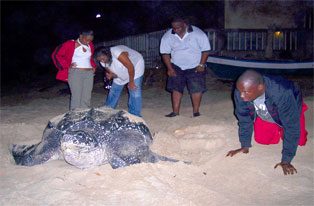
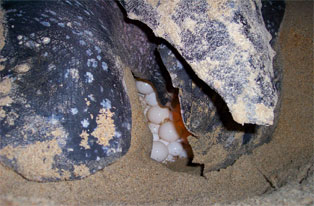
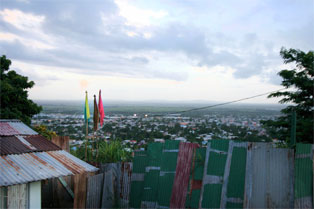
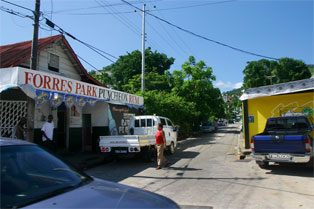
Trinidad is in many ways a divided island. There is sky high, brutal crime, abysmal corruption and a profound racism. But there is also a gorgeous nature, untouched rainforests and long stretched beaches without even a single tourist on them. Trinidad and Tobago are often referred to as the last undiscovered tourist pearl in the Caribbean. We can understand that. Very relaxing and nice. We have enjoyed ourselves with friendly locals, other yachtsmen and had a great time. The people here are a veritable cocktail of African, Indian, Chinese, Syrian and European blood, and they are very beautiful. But now the time has come for us to cut loose and leave, we have already lingered for much longer than we had planned.

